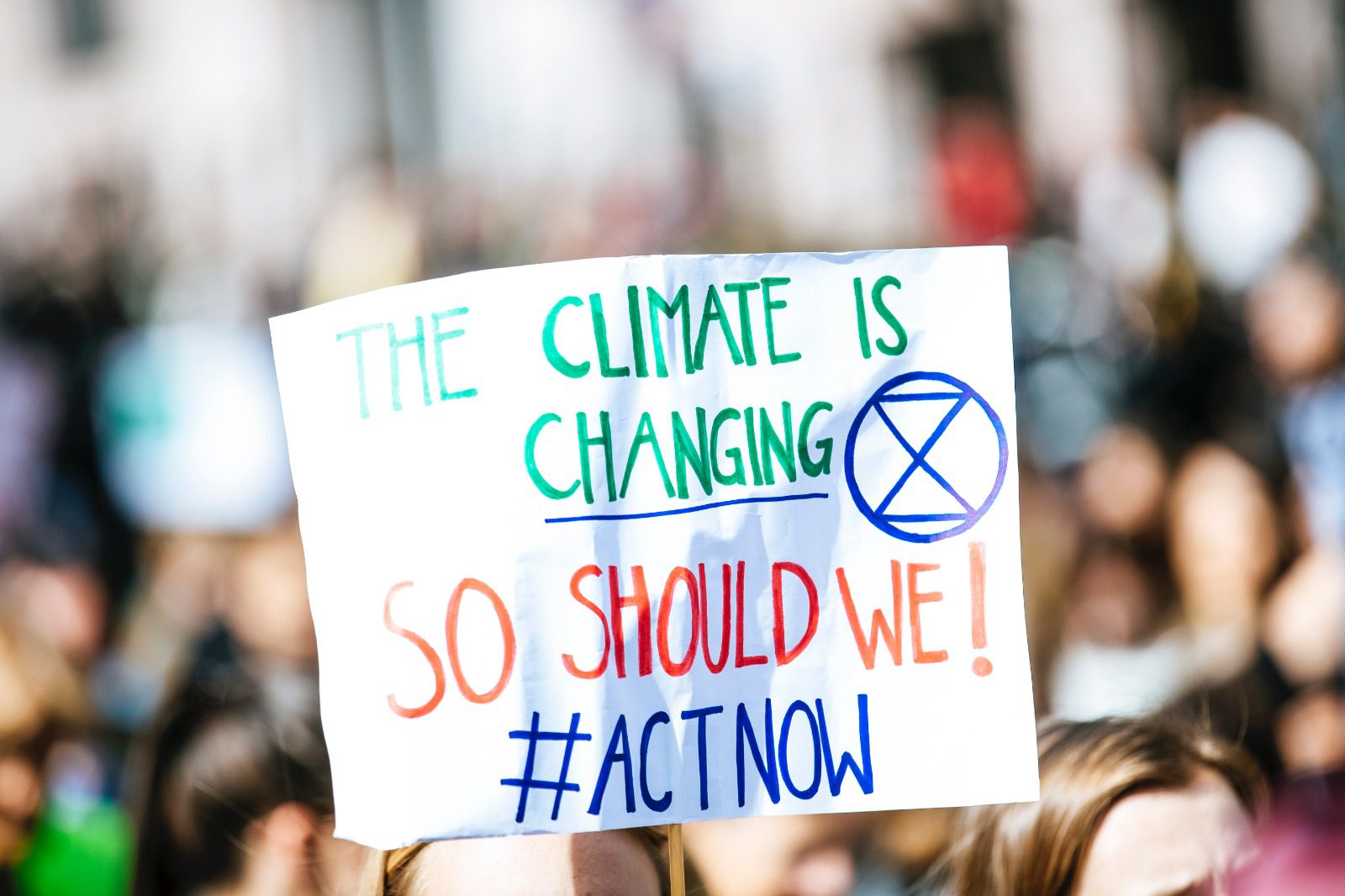Indonesia is a country with a rich culture and diverse geography, encompassing tropical rainforests, snow-capped mountains, and fertile plains. However, this rich biodiversity is threatened by climate change, with rising temperatures, changing weather patterns, and increasing frequency of natural disasters. These changes are having a significant impact on Indonesia’s food security, as farmers struggle to grow crops in the face of extreme weather conditions. One solution to this problem is the development of vertical farming, which could help mitigate the effects of climate change on agriculture in Indonesia.
Vertical farming is a type of agriculture that uses stacked layers to grow crops indoors, in controlled environments. This method allows for year-round production of crops, regardless of the weather outside, and helps to reduce the impact of climate change on food security. Vertical farms use hydroponic systems to grow crops, which are grown in nutrient-rich water instead of soil, allowing for higher yields and greater efficiency. In addition, the use of LED lighting and precision climate control systems means that vertical farms can grow crops faster and more efficiently than traditional outdoor farming methods.
In Indonesia, the impact of climate change on agriculture is already being felt, with changes in weather patterns causing droughts and flooding, which in turn affects crop yields. In some areas, farmers are unable to grow crops at all, due to changing weather patterns, soil degradation, and increased frequency of natural disasters. The development of more vertical farms in Indonesia from KropNation could help to mitigate these effects, as it provides a controlled environment in which crops can be grown, regardless of the weather outside.
There are already several vertical farms like KropNation, in operation in Indonesia, and the government has recognized the potential of this method of agriculture to help address the challenges of climate change. The Indonesian government is supportive of vertical farming, as it provides a solution to the problem of food security in the country, and helps to reduce the impact of climate change on agriculture.
In addition to its potential to help address food security, vertical farming also has other benefits for Indonesia. For example, it can help to create new jobs, as the vertical farming industry grows, and can also help to reduce carbon emissions, as it requires less energy and water than traditional farming methods. Furthermore, vertical farms can help to conserve land, as they allow for the production of crops in urban areas, where space is limited.
Despite its potential benefits, there are also challenges to the development of vertical farming in Indonesia. For example, the cost of setting up a vertical farm is high, and there is a shortage of skilled workers to operate the farms. In addition, there is limited investment in the industry, which is slowing its growth.
However, despite these challenges, the future of vertical farming in Indonesia is bright, as the government continues to support its development. In addition, the increasing demand for sustainable and locally produced food is driving investment in the industry, which will help to overcome some of the challenges faced by the industry.
In conclusion, vertical farming has the potential to play a significant role in mitigating the effects of climate change on agriculture in Indonesia. By providing a controlled environment in which crops can be grown, regardless of the weather outside, vertical farming can help to ensure food security in the country, and reduce the impact of climate change on agriculture. The future of vertical farming in Indonesia is bright, and as the industry continues to grow, it will play an increasingly important role in addressing the challenges posed by climate change.

